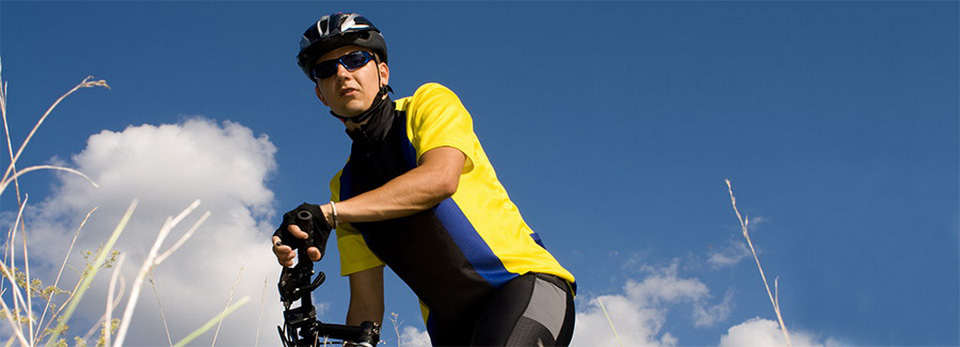Q: The nurse practitioner I am seeing for a frozen shoulder told me it is a "self-limiting" problem and I don't need any special treatment. Just wait and the body will self-correct. Is this really true?
A: Many adults (mostly women) between the ages of 40 and 60 years of age develop shoulder pain and stiffness called adhesive capsulitis. Sometimes this condition is referred to as "frozen shoulder." But, in fact, adhesive capsulitis and frozen shoulder are two separate problems.
As the name suggests, adhesive capsulitis affects the fibrous ligaments that surround the shoulder forming the capsule. The condition referred to as a frozen shoulder usually doesn't involve the capsule.
A true frozen shoulder might have some joint capsule changes but the shoulder stiffness is really coming from something outside the joint. Some of the conditions associated with frozen shoulder include rotator cuff tears, biceps tendinitis, and arthritis. When the normally loose parts of the joint capsule stick together the shoulder's ability to move is limited causing the shoulder to get stuck or "freeze".
The natural history of either condition: frozen shoulder and adhesive capsulitis (what normally happens with this condition may depend on what is causing the problem. In many cases, there is a gradual improvement over a long period of time (12 to 42 months).
Treatment may speed up improvements to less than one-month, which is why many patients are referred to physiotherapy. Early goals in rehab are to reduce pain and interrupt the inflammatory cycle. Treatments are directed at getting the muscles to relax in order to help you regain the motion and function of your shoulder. This can be done with modalities such as ultrasound and/or electrical stimulation, the use of cold, and iontophoresis. Iontophoresis is a way to push medications through the skin directly into the inflamed tissue.
The therapist will address the capsular tightness and adhesions. Joint mobilization techniques are used to keep the joint sliding and gliding smoothly and to prevent scar tissue from forming. Keeping full shoulder and scapular (shoulder blade) motion is a priority. Special stretching techniques are used to prevent pain that could cause muscles around the shoulder to tighten even more.
Unless the nurse practitioner has a specific reason why physiotherapy would not be helpful for you, this type of treatment is usually a critical part of recovery from frozen shoulder (or adhesive capsulitis). Besides hands-on therapy, you will be given exercises and stretches to do as part of a home program. You may need therapy treatments for three to four months before you get full shoulder motion and function back but in many cases, direct treatment speeds up the recovery process and save patients months of pain, loss of motion, and altered shoulder function.
Reference: Sang-Yeol Ma, PhD, et al. Effects of Whole-Body Cryotherapy in the Management of Adhesive Capsulitis of the Shoulder. In Archives of Physical Medicine and Rehabilitation. January 2013. Vol. 94. No. 1. Pp. 9-16.
Beamsville Physiotherapy provides services for physiotherapy in Beamsville.







